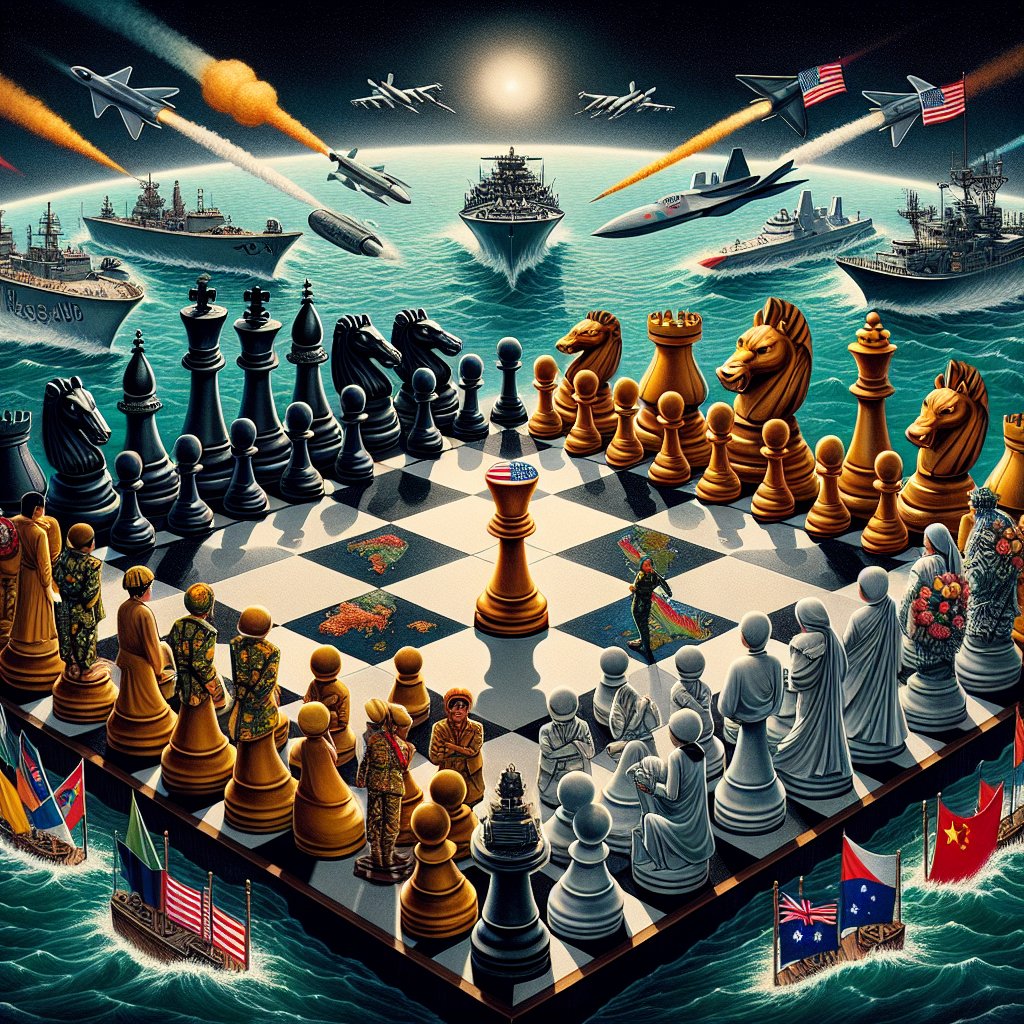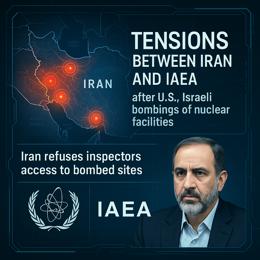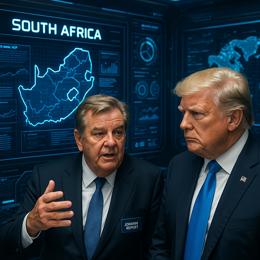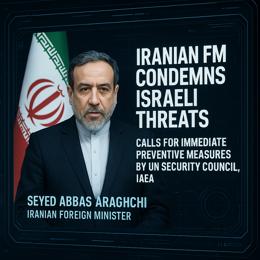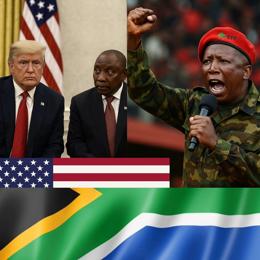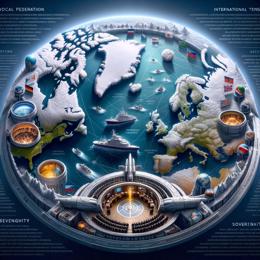Content created by AI
The Escalating US-China Rivalry in the Asia Pacific and Its Implications
The geopolitical landscape of the Asia Pacific is witnessing a significant transformation as the United States amplifies its efforts to enhance military cooperation in the region, thereby challenging China's expanding influence. The US accuses China of aggressive naval and aerial maneuvers, illustrated by the recent encounters over the South China Sea and Taiwan Strait – a reflection of broader tensions shadowing their international relationship.
The confrontation is reminiscent of a tragic incident on April 1, 2001, where a Chinese fighter jet collided with a US surveillance plane. Although the crisis was defused, similar occurrences today could potentially escalate into major conflicts due to the current strained bilateral relations between the two countries.
In response to China's military expansion, the US has embarked on what is described as a "once in a generation effort" to deepen its diplomatic and military presence in the Asia Pacific, from Japan to the Philippines and India to Papua New Guinea. This extensive campaign entails not only the opening of new embassies and deployment of troops but also granting access to pivotal sites that are strategically important, overlooking contested waterways.
China, under President Xi Jinping, is firmly committed to national rejuvenation and is determined to safeguard its sovereignty. It views the US initiatives as attempts to contain its rise and has pledged to withstand these challenges robustly. However, experts caution that the intensifying US-China competition – a struggle over the international order and rule-setting – may complicate the dynamics for neighboring countries, forcing them into a delicate balancing act.
The US military enhancements in Asia Pacific are distinct and of considerable scale. In Australia, a landmark security partnership with the UK and the US will result in the delivery of nuclear-powered submarines. In Japan, the US is upgrading its military capabilities, including the installation of long-range weaponry systems. South Korea's security assurances have been bolstered by US commitments amid North Korea's nuclear threats, leading to a trilateral pact with Seoul and Tokyo that denounces China's maritime conduct.
Furthermore, the US is widening its footprint in the Philippines, securing additional access to sites crucial for regional security. Vietnam, apprehensive of Chinese actions, elevated its ties with the US, while President Biden has made pronounced, though later moderated, promises of support for Taiwan. The US engagement is also observed in the Pacific Islands through security deals and embassies, exemplifying a resilient US presence.
China's reaction to the US undertaking involves continued enhancement of its military capabilities, including breakthroughs in hypersonic missile technology and naval expansion, encompassing cyber and space domains. Diplomatically, China is fortifying multilateral initiatives such as the BRICS, SCO, and the Belt and Road Initiative – endeavors viewed by Beijing as creating a fairer international order.
The US-China calculus has introduced both promise and pressure to Southeast Asian states which, while reaping some economic benefits from the fray, also face the intricate task of harmonizing relations with the two superpowers. Nonetheless, as the US and China persist in their strategic plays across the Asia Pacific, regional nations are bracing for a more intricate and tense future where their geopolitical choices may become increasingly consequential.
